
The phrase was coined by French writer Jean-Baptiste Alphonse Karr, “plus ça change, plus c’est la même chose.
Aside from writing a number of novels and serving as the editor of Le Figaro, he was a former teacher, known for his keenly satirical tone and bitter wit, and loved educational reform and going fishing. Go figure.
I was recently sent a folder of instructional documents that I had collected in 1997 by a former colleague. He found them for me on an old computer. Looking through materials I had created or assembled then as a young teacher was an experience similar to stumbling upon an old yearbook, or maybe reminiscing over a series of letters between friends from long ago.
Along with instructional materials, there were items that I don’t recall having or reviewing; A link to a teacher community on GeoCities, a Lord of the Flies “cyber-guide” from a teacher in San Diego, various articles. I also found instructions that lead my students in creating their own Hot Mail accounts (they, nor I, had email accounts provided through the school back then). In those instructions, there was even a note to myself warning me to write out www.hotmail.com on the board next time so they didn’t accidentally put in www.hotmale.com instead. Lesson learned.
[fusion_builder_container hundred_percent=”yes” overflow=”visible” margin_top=”20px” margin_bottom=”0px” background_color=”rgba(255,255,255,0)”][fusion_builder_row][fusion_builder_column type=”1_1″ background_position=”left top” background_color=”” border_size=”” border_color=”” border_style=”solid” spacing=”yes” background_image=”” background_repeat=”no-repeat” padding=”” margin_top=”0px” margin_bottom=”0px” class=”” id=”” animation_type=”” animation_speed=”0.3″ animation_direction=”left” hide_on_mobile=”no” center_content=”no” min_height=”none”][fusion_separator style_type=”none” sep_color=”” border_size=”” icon=”” icon_circle=”” icon_circle_color=”” width=”” alignment=”center” class=”” id=””/]
[/fusion_builder_column][/fusion_builder_row][/fusion_builder_container][fusion_builder_container hundred_percent=”yes” overflow=”visible”][fusion_builder_row][fusion_builder_column type=”1_1″ background_position=”left top” background_color=”” border_size=”” border_color=”” border_style=”solid” spacing=”yes” background_image=”” background_repeat=”no-repeat” padding=”” margin_top=”0px” margin_bottom=”0px” class=”” id=”” animation_type=”” animation_speed=”0.3″ animation_direction=”left” hide_on_mobile=”no” center_content=”no” min_height=”none”][irp]
[fusion_separator style_type=”none” top_margin=”20″ bottom_margin=”0″ sep_color=”” border_size=”” icon=”” icon_circle=”” icon_circle_color=”” width=”” alignment=”center” class=”” id=””/]
There was also photocopied chapters from the recently published book Learn & Live that I had ordered from the glef.org site (now Edutopia). It looks like I had made handouts to give to my colleagues, I’m sure, at an upcoming staff meeting. And on one particular photocopy, I had highlighted an excerpt that read,
“With the growing number of computer networks, teachers are able to connect with others from around the world and access information globally…work together to research and develop curriculum…These teachers report that they no longer feel isolated in their classrooms and enjoy their jobs more.”
 I had notated in the margins, connect with other teachers online and share our best lessons.
I had notated in the margins, connect with other teachers online and share our best lessons.
At that time, I was the only full-time English teacher at our little high school of 235 students. My “English Department” was just me and two other teachers who both split duties between English and History classes to round out their positions. And in looking for more curricular models for my own classroom, I had marveled at how teachers in other parts of the United States were starting to develop lessons and projects online, not as html-published word documents or pdf-based lessons written to other teachers like those I had used in college from the ERIC database…but as full websites for their own students to engage and use to guide their classroom activities. You could actually get a more comprehensive sense of their instructional thinking, their tone, where they stepped up support, slowed down the instructional pacing, went deep, moved fast, etc…So I gave it a try with my own unit on Animal Farm.
 Of the activities and projects for each chapter I had designed, and the vocabulary lists I had tied to merriam-webster.com, (Check it out but beware of potentially seizure inducing animated gifs) I will never forget getting an email from an 8th grade teacher in New Jersey who sent me a grainy realPlayer video of her students signing their made-up Animal Farm National Anthem based on one of my activities and thanked me for posting the project.
Of the activities and projects for each chapter I had designed, and the vocabulary lists I had tied to merriam-webster.com, (Check it out but beware of potentially seizure inducing animated gifs) I will never forget getting an email from an 8th grade teacher in New Jersey who sent me a grainy realPlayer video of her students signing their made-up Animal Farm National Anthem based on one of my activities and thanked me for posting the project.
So thanks for taking that walk with me down memory lane, but in the “bitter wit” spirit of Alphonse Karr, and his famous adage, I will share the real reason I’ve included this montage.
A kid, that might or might not live in my home, came home last week and said, “Animal Farm is so ridiculously stupid.” Those are fighting words to a former English teacher. But upon a bit of calm inquiry, I started to see the reason.
- “Ok, how did your teacher introduce the story?”
- “Did you get any background on George Orwell or the political environment of Europe at the time this was published?”
- “Are you clear on why this is considered an allegory and how it relates to the Russian Revolution?”
 He responded, that they were given 4 worksheets and were told to watch a short video on the Russian Revolution and to take notes on these “study-guides” and then review at home before starting the novel. “Then the next day, we started reading the book in class…and it has talking animals.” In looking at the “worksheets / study-guides” I found 3 typed (as in type-writer…pre-word processor) photocopied lists of historical characters and a correlation sheet (shown) photocopied from a 1991 workbook.
He responded, that they were given 4 worksheets and were told to watch a short video on the Russian Revolution and to take notes on these “study-guides” and then review at home before starting the novel. “Then the next day, we started reading the book in class…and it has talking animals.” In looking at the “worksheets / study-guides” I found 3 typed (as in type-writer…pre-word processor) photocopied lists of historical characters and a correlation sheet (shown) photocopied from a 1991 workbook.
And that is why I made some inquiries to see if someone could dig up my old materials on an old off-line server for Animal Farm. A few days later, I sat a young man down at the dining table and said, “Give me 10 minutes, and I will make the remaining 7 chapters of your book somewhat comprehensible if not maybe even palatable.” We discussed Orwell’s tumultuous life, idealistic view of Communism, his time in Spain embedded with communist rebel forces during their civil war, his growing concern with fascism and how communism was potentially being used to forge even more totalitarian regimes across Europe…we went over the 3 pyramids of political transition that framed Russia’s move from Czar Nicholas II to Stalin that an incredible History teacher helped create for me to use. How Orwell’s novella was originally rejected by publishers who feared it would upset the delicate alliance between the UK, US, and the newly formed Soviet Union. As my 10 minutes wrapped up he said, “So Squealer IS the newspaper Pravda…and Snowball IS Trotsky, because he was part of the animal movement, but now he’s gone and its easy for the pigs to blame him for everything going wrong, and is probably actually dead, but they aren’t going to say that, because then they can’t blame him for everything and….ok, ok, this makes more sense now.”
[fusion_separator style_type=”none” top_margin=”20″ bottom_margin=”0″ sep_color=”” border_size=”” icon=”” icon_circle=”” icon_circle_color=”” width=”” alignment=”center” class=”” id=””/]
[irp]
[fusion_separator style_type=”none” top_margin=”20″ bottom_margin=”0″ sep_color=”” border_size=”” icon=”” icon_circle=”” icon_circle_color=”” width=”” alignment=”center” class=”” id=””/]
Looking back at another item in that old folder of materials, there was also an article by Linda Darling-Hammond from 1999, which holds the following concern regarding the need for teachers to network and share strong instructional practice and the growing promise of technology to serve as a vehicle to enable that process:
“After entry, teachers are typically expected to know everything they will need for a career, or to learn through occasional workshops mostly on their own, with few structured opportunities to observe and analyze teaching with others. As one high school teacher who had spent twenty-five years in the classroom once told me: “I have taught 20,000 classes; I have been ‘evaluated’ thirty times; but I have never seen another teacher teach.”
The article frame out the hope that the new millennium and ensuing decade (the 2000’s) would enable vast sharing of exemplary curriculum. I was ignited with this notion, and had no way of knowing that I would be invited within the next year to join a statewide team doing precisely this work. I have since worked in many capacities on the very notation I scribbled 19 years ago on an article about, “connecting with other teachers online….and sharing our best lessons.” That was a long time ago. Yet here, today, among the files in this old folder, I saw at the top of one of my “political pyramid” handouts for students the heading question of The More Things Change, the More They Remain the Same?
[fusion_separator style_type=”none” top_margin=”20″ bottom_margin=”0″ sep_color=”” border_size=”” icon=”” icon_circle=”” icon_circle_color=”” width=”” alignment=”center” class=”” id=””/]
[irp]
[fusion_separator style_type=”none” top_margin=”20″ bottom_margin=”0″ sep_color=”” border_size=”” icon=”” icon_circle=”” icon_circle_color=”” width=”” alignment=”center” class=”” id=””/]
And given the perspective of almost 20 years now, and all the change that has occurred in that time with technology and with education…I reflect on the fact that teaching a classic novel such as Animal Farm, that has to have been done by so many teachers in so many ways, with such creativity and flair still eludes many. How many times have skilled educators in classrooms all across the United States honed versions of activities related to this story that help kids unlock the meaning and the application of the themes, that can then be extended into other disciplines, and used to stimulate thinking about propaganda and power and representation and information, and can be applied to any number of contemporary events, in ways that have even the most marginalized youth attentive and engaged? Yet here we are in 2016, and a student is given a stack of 25 year old photocopied handouts as part of an Honors English Class, in a shiny nice suburban high school, with far more instructional options and resources than most…and I think the answer to Mr. Alphonse Karr’s satirical assertion, The More Things Change, the More They Remain the Same, is quite clear, at least in the field of education.[/fusion_builder_column][/fusion_builder_row][/fusion_builder_container]

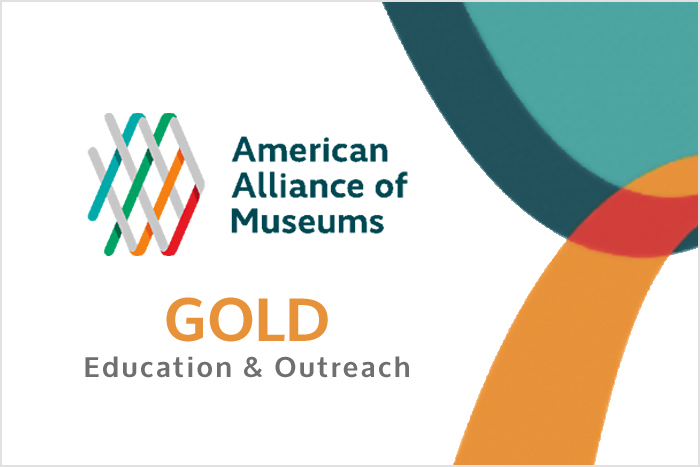
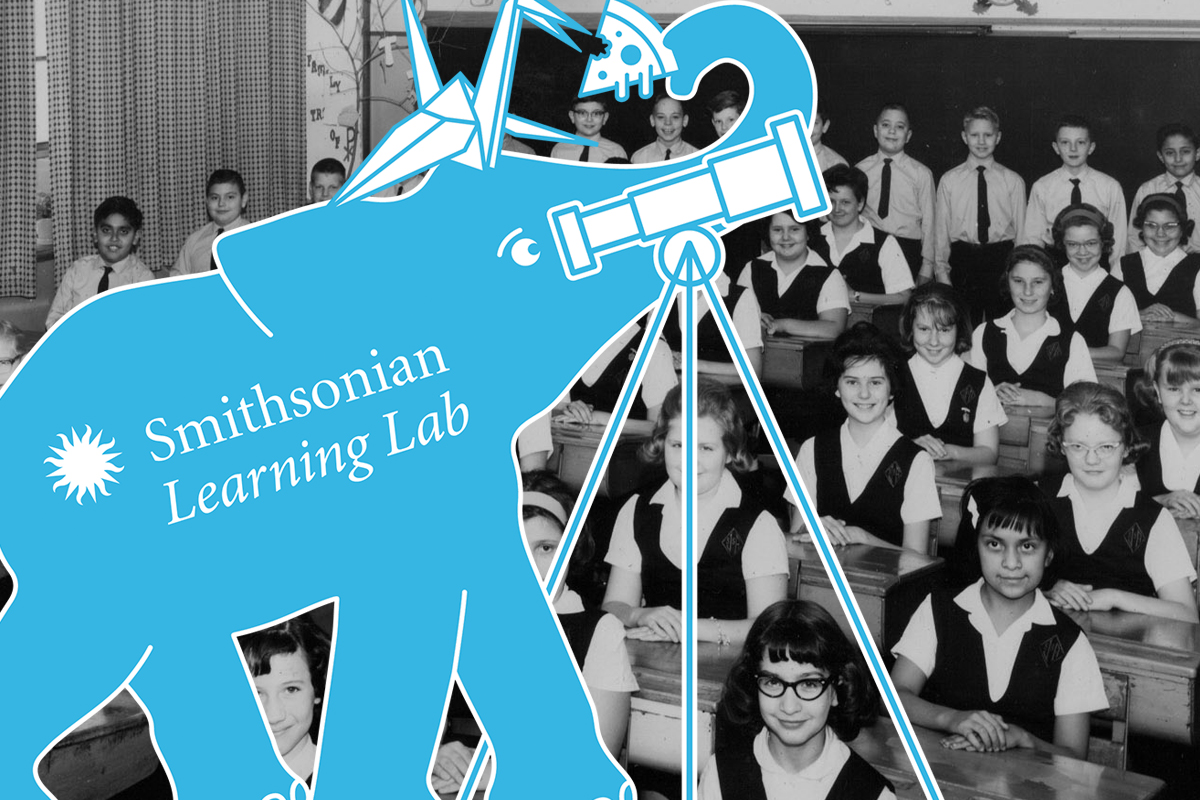



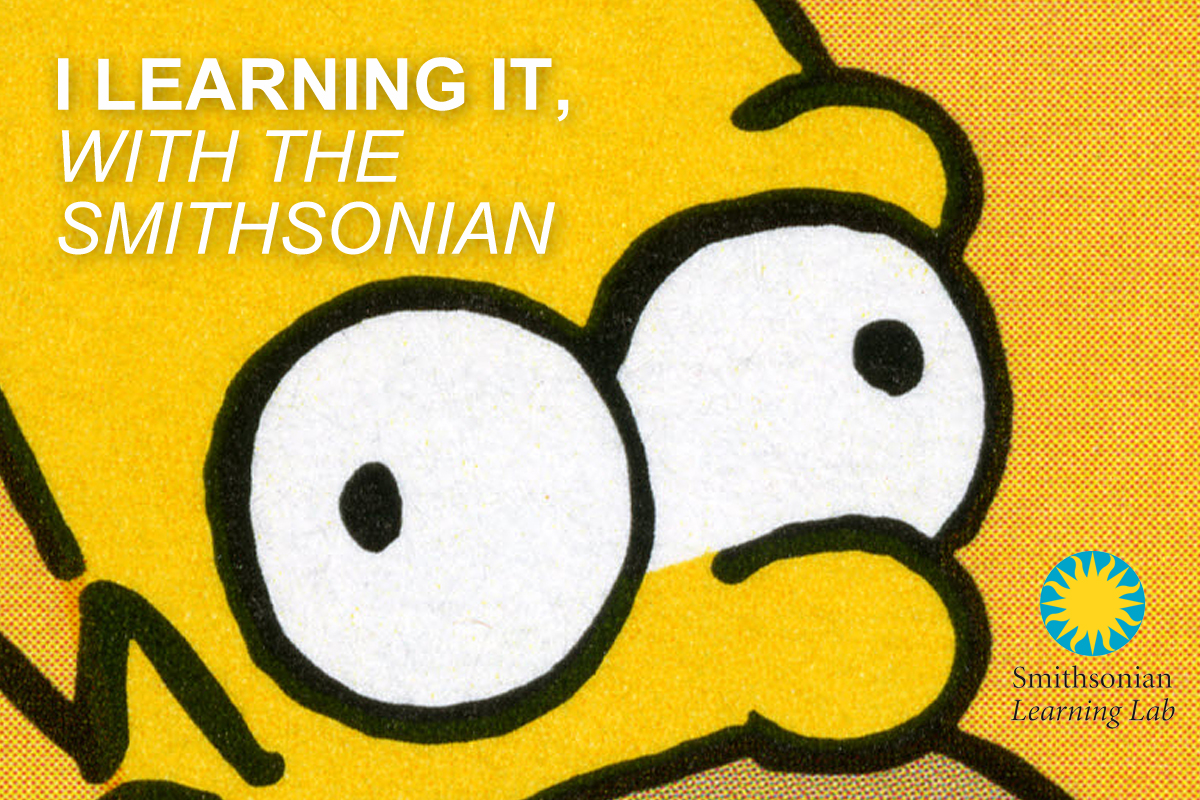






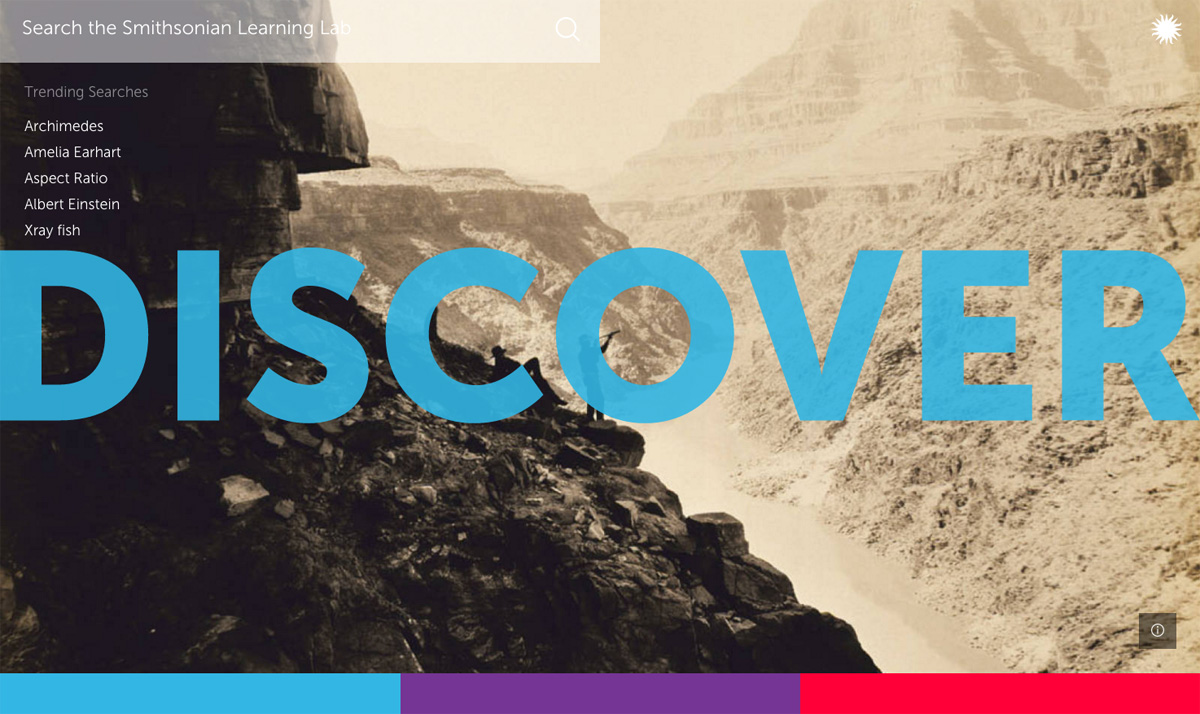
 [/fusion_text][/fusion_builder_column][fusion_builder_column type=”1_2″ layout=”1_2″ spacing=”yes” last=”yes” center_content=”no” hide_on_mobile=”no” background_color=”” background_image=”” background_repeat=”no-repeat” background_position=”left top” link=”” hover_type=”none” border_position=”all” border_size=”0px” border_color=”” border_style=”solid” padding=”” margin_top=”” margin_bottom=”” animation_type=”0″ animation_direction=”down” animation_speed=”0.1″ animation_offset=”” class=”” id=”” min_height=””][fusion_text]
[/fusion_text][/fusion_builder_column][fusion_builder_column type=”1_2″ layout=”1_2″ spacing=”yes” last=”yes” center_content=”no” hide_on_mobile=”no” background_color=”” background_image=”” background_repeat=”no-repeat” background_position=”left top” link=”” hover_type=”none” border_position=”all” border_size=”0px” border_color=”” border_style=”solid” padding=”” margin_top=”” margin_bottom=”” animation_type=”0″ animation_direction=”down” animation_speed=”0.1″ animation_offset=”” class=”” id=”” min_height=””][fusion_text] [/fusion_text][/fusion_builder_column][fusion_builder_column type=”1_1″ layout=”1_1″ background_position=”left top” background_color=”” border_size=”” border_color=”” border_style=”solid” border_position=”all” spacing=”yes” background_image=”” background_repeat=”no-repeat” padding=”” margin_top=”0px” margin_bottom=”0px” class=”” id=”” animation_type=”” animation_speed=”0.3″ animation_direction=”left” hide_on_mobile=”small-visibility,medium-visibility,large-visibility” center_content=”no” last=”no” min_height=”” hover_type=”none” link=””][fusion_text]
[/fusion_text][/fusion_builder_column][fusion_builder_column type=”1_1″ layout=”1_1″ background_position=”left top” background_color=”” border_size=”” border_color=”” border_style=”solid” border_position=”all” spacing=”yes” background_image=”” background_repeat=”no-repeat” padding=”” margin_top=”0px” margin_bottom=”0px” class=”” id=”” animation_type=”” animation_speed=”0.3″ animation_direction=”left” hide_on_mobile=”small-visibility,medium-visibility,large-visibility” center_content=”no” last=”no” min_height=”” hover_type=”none” link=””][fusion_text]




 [/fusion_text][/fusion_builder_column][fusion_builder_column type=”1_2″ layout=”1_2″ spacing=”yes” last=”yes” center_content=”no” hide_on_mobile=”no” background_color=”” background_image=”” background_repeat=”no-repeat” background_position=”left top” link=”” hover_type=”none” border_position=”all” border_size=”0px” border_color=”” border_style=”solid” padding=”” margin_top=”” margin_bottom=”” animation_type=”0″ animation_direction=”down” animation_speed=”0.1″ animation_offset=”” class=”” id=”” min_height=””][fusion_text]
[/fusion_text][/fusion_builder_column][fusion_builder_column type=”1_2″ layout=”1_2″ spacing=”yes” last=”yes” center_content=”no” hide_on_mobile=”no” background_color=”” background_image=”” background_repeat=”no-repeat” background_position=”left top” link=”” hover_type=”none” border_position=”all” border_size=”0px” border_color=”” border_style=”solid” padding=”” margin_top=”” margin_bottom=”” animation_type=”0″ animation_direction=”down” animation_speed=”0.1″ animation_offset=”” class=”” id=”” min_height=””][fusion_text]
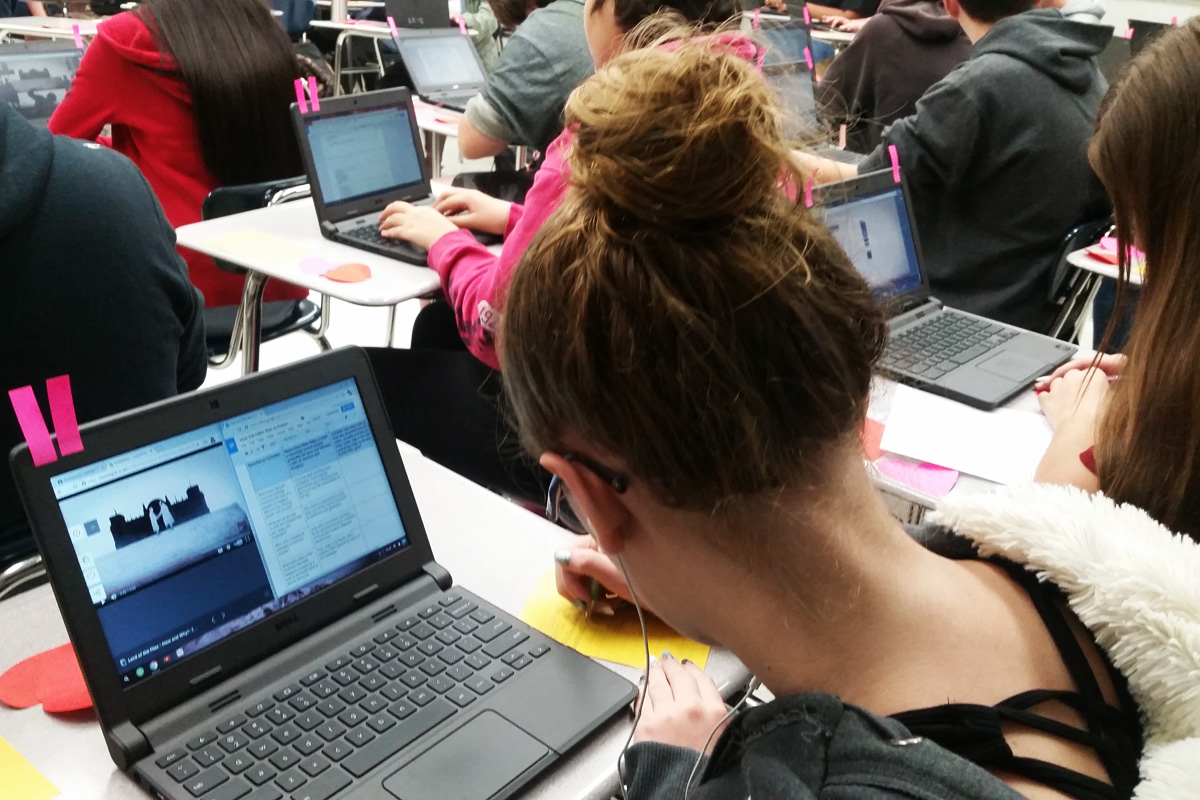


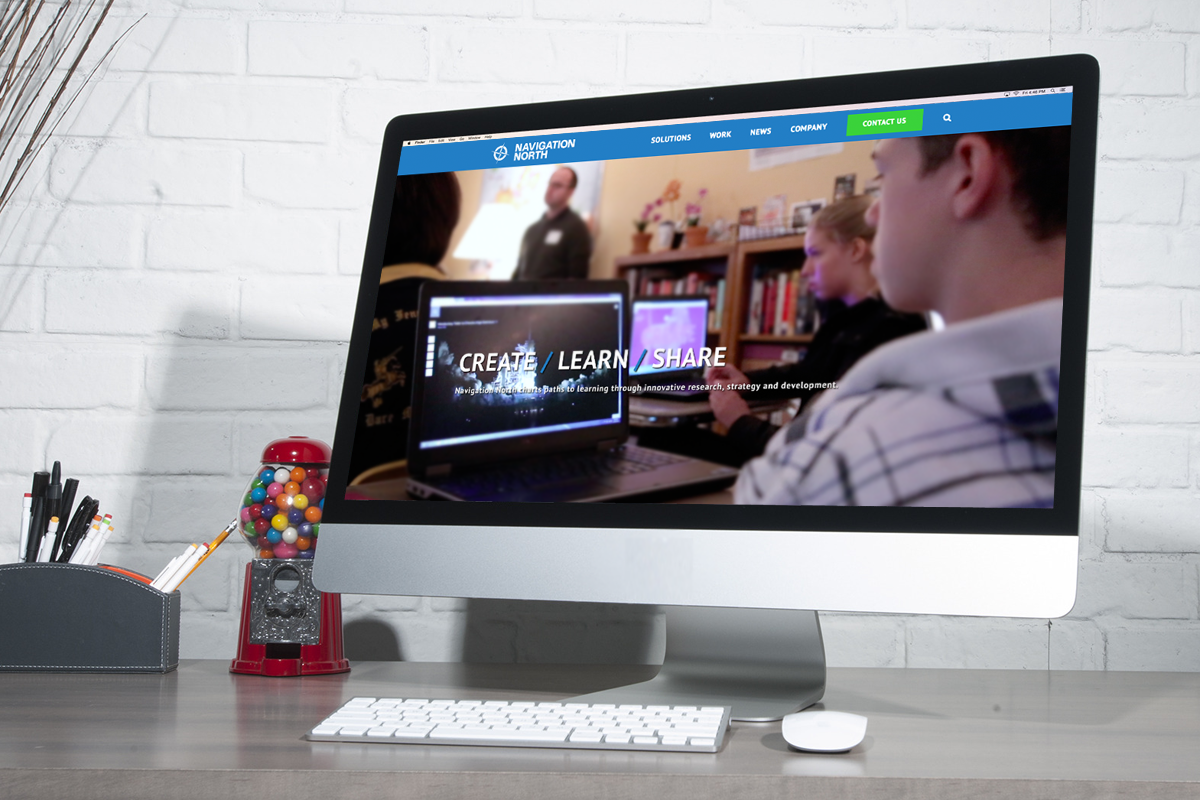






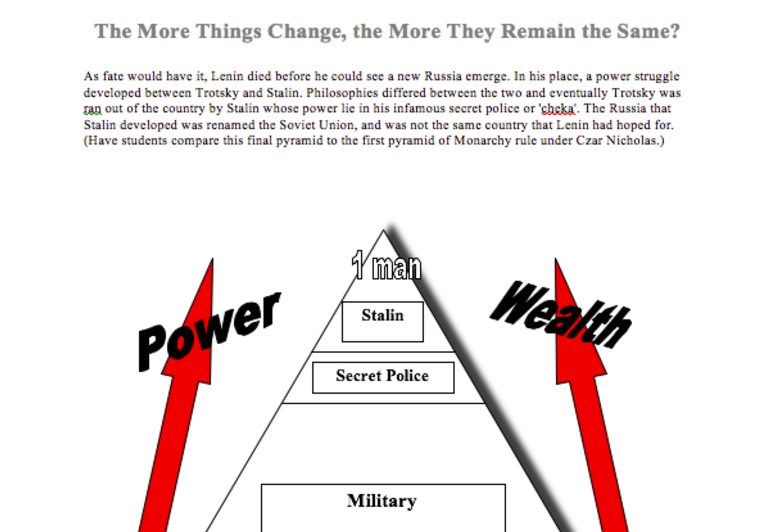

 I had notated in the margins, connect with other teachers online and share our best lessons.
I had notated in the margins, connect with other teachers online and share our best lessons. Of the activities and projects for each chapter I had designed, and the vocabulary lists I had tied to merriam-webster.com, (
Of the activities and projects for each chapter I had designed, and the vocabulary lists I had tied to merriam-webster.com, ( He responded, that they were given 4 worksheets and were told to watch a short video on the Russian Revolution and to take notes on these “study-guides” and then review at home before starting the novel. “Then the next day, we started reading the book in class…and it has talking animals.” In looking at the “worksheets / study-guides” I found 3 typed (as in type-writer…pre-word processor) photocopied lists of historical characters and a correlation sheet (shown) photocopied from a 1991 workbook.
He responded, that they were given 4 worksheets and were told to watch a short video on the Russian Revolution and to take notes on these “study-guides” and then review at home before starting the novel. “Then the next day, we started reading the book in class…and it has talking animals.” In looking at the “worksheets / study-guides” I found 3 typed (as in type-writer…pre-word processor) photocopied lists of historical characters and a correlation sheet (shown) photocopied from a 1991 workbook.
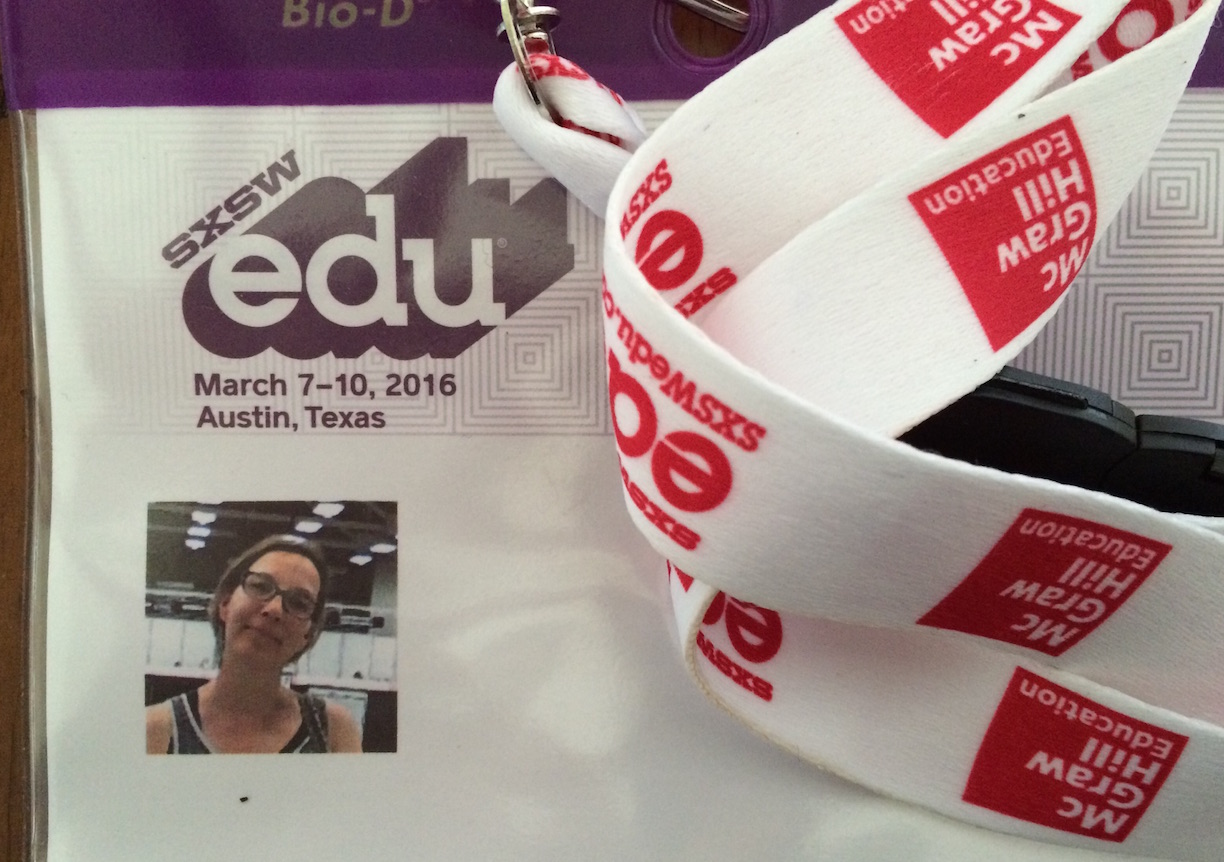

 demonstration of knowledge, the tools provide little help to change the outcomes of those classrooms.
demonstration of knowledge, the tools provide little help to change the outcomes of those classrooms.